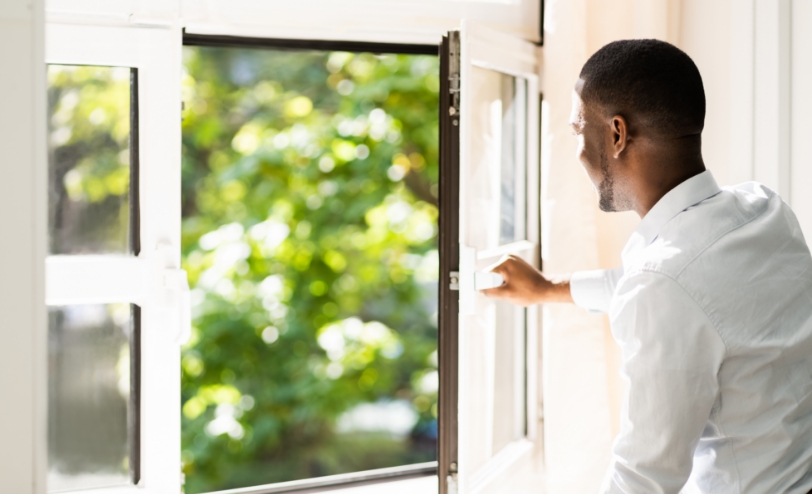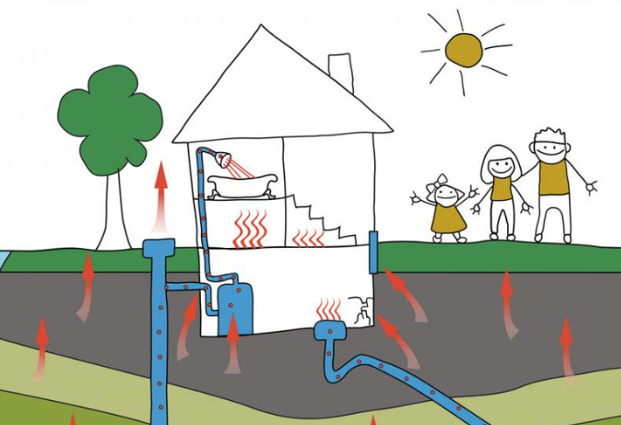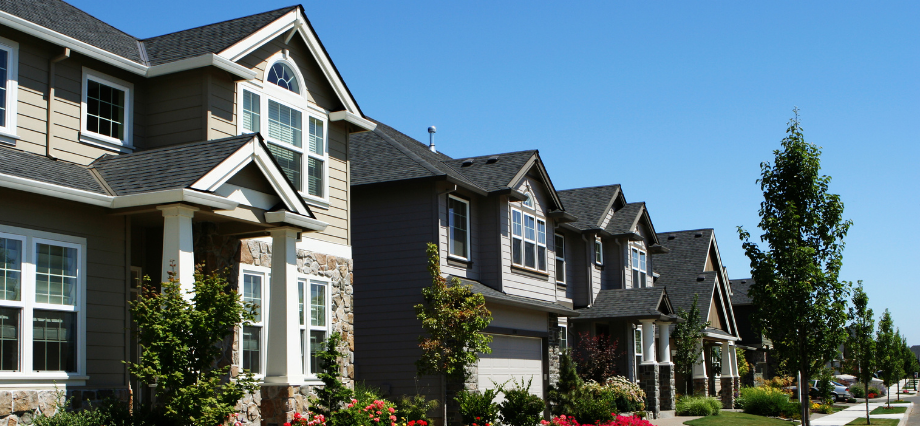Healthy Indoor Environments Program
BC Lung's Healthy Indoor Environments program is focused on providing education, resources, and policy options for addressing priority indoor air pollutants in British Columbia.

Canadians spend 90% of their day indoors, with about 70% at home and 20% at work or school. The air we breathe indoor can contain particulates, gases, allergens, and fumes that can significantly impact our health in both the short and long term. Knowing the main indoor air pollutants, their sources, and how to reduce them are key to reducing harm to our health.
Questions? Contact Menn Biagtan at biagtan@bclung.ca or 778-994-7754.


Healthy Indoor Environments Blog

Updated radon provisions coming in BC Building Code 2024
- Healthy Indoor Environments,
New changes are coming to the BC Building Code. As the government stated in a press release dated December 5, Building Code 2024 will require radon systems…
- Read More

Climate adaptation means justice for people with lung conditions
- Healthy Indoor Environments,
Dr. Noah Quastel The BC Government is creating a Climate Preparedness and Adaption Strategy (CPAS). A public consultation was open…
- Read More

New community testing shows Central Okanagan is a radon hotspot
- Healthy Indoor Environments,
Dr. Noah Quastel Radon is the leading cause of lung cancer among non-smokers, killing over 3000 Canadians a year. This…
- Read More
Radon
Radon is a colourless, odourless, and tasteless radioactive gas that is naturally occuring in soils, but can accumulate in homes, workplaces and other buildings. It is the leading cause of lung cancer in Canada after smoking.
Our current Healthy Indoor Environments Program has a series of radon projects to advance education, awareness and law reform on radon. Check them out below on our Radon page.


Our Healthy Indoor Environments program is focused on providing education, resources, and policy options for addressing priority indoor air pollutants in British Columbia.
We bring together information about specific air pollutants, their health effects and, importantly, what can be done to reduce risks. The information we provide is useful for public health professionals, clinicians, respiratory specialists, real estate, home building and design professionals, as well as the public.
Dr. Menn Biagtan
Team Lead, Healthy Indoor Environments Program
biagtan@bclung.ca | 604-731-5864
Dr. Anne-Marie Nicol
Scientific Advisor, Healthy Indoor Environments Program